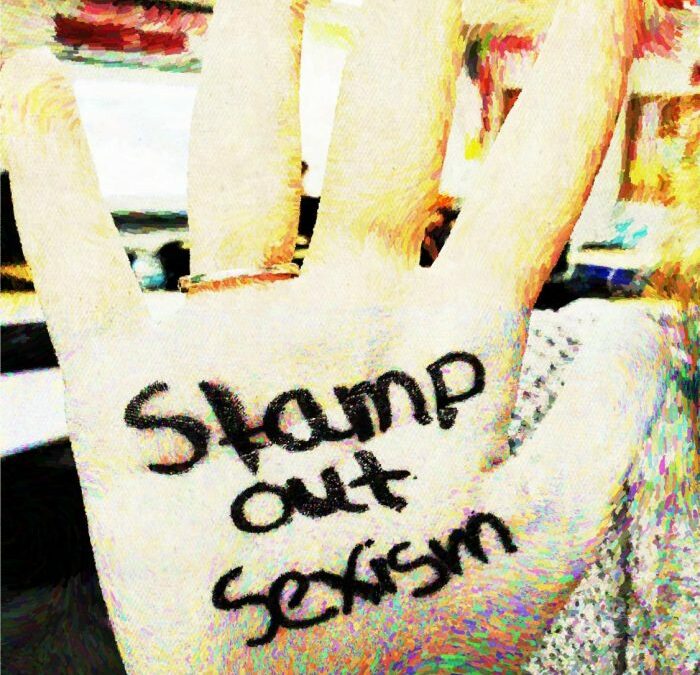The United Way of Lee County sponsored the first Youth Violence Awareness and Prevention Initiative on the spring of 2019. Given the ubiquity of #MeToo, I sensed an opportunity to focus on violence against girls specifically and how to build empathy for all.
Thanks so much to the United Way for sponsoring our empathy unit for seventy English III students.
The grant paid for two outstanding YA novels about acquaintance rape: Speak by Laurie Halse Anderson, the story of a ninth grade sexual assault victim, and Inexcusable, by Chris Lynch, a story of a high school football player who rapes his friend.
In both books, the reader has the opportunity to get inside the heads of both victim and perpetrator.
Current research suggests that reading good literature can actually increase empathy for other people, so we wanted to find out if these books increased the kids’ empathy for both victim and perpetrator.
Before we started reading we took the 28-question empathy quiz popularized by researcher Mark Davis, and I was immediately suspicious because the scores were so high. We are, after all, talking about teenagers, right? At the start, there was a fundamental misunderstanding of what empathy is all about.
The biggest hurdle to master was this: If we only have empathy for one side in a conflict, if we only have empathy for those we perceive to be victims, it isn’t empathy at all.
Empathy is like love. If love is selective, it isn’t love. It’s selfishness, a tool of power. And when it comes to empathy, it’s empathy for all, or we descend into tribalism. It’s war, and war is bitter.
So, how you do have empathy for people who do violent things? And why should we have empathy for such people? The kids films just begin to explore those questions.
Empathy is acceptance of common humanity and the full human experience. That doesn’t mean liking or excusing horrible deeds, and it doesn’t mean people shouldn’t face consequences for violent and destructive behavior. It means once we are all accountable, then we can move toward reconciliation.
In addition to our novels, we read the current research on reading and empathy. We softened our outlooks on people who do bad things so we could get a look inside. We began with Aristotle’s hamartia, describing how people’s destructive acts are due to ignorance or error, and we decided to figure out what that ignorance and error could be in cases of violence against girls.
We looked at several case studies of empathy for those who do bad things. We started with the Emmett Till case and studied Gwendolyn Brooks’ poem about Carolyn Bryant, the woman who claimed the 14-year-old boy cat-called her. We read about how those convicted of genocide in Rwanda were welcomed home after their prison sentences. We also looked at responsibility even when under duress, specifically Drazen Erdemovic, the Bosnian Croat who participated in war crimes, and we looked at the banality of evil as described by Hannah Arendt.
All of this culminated in frank readings and discussions of the Brett Kavanaugh hearings and the language of sexual assault in general.
One of the students’ final projects was to shoot a brief video to share their new knowledge, and they were free to focus on any issue they wished. To check out our student films visit Wolfpack Press here.

